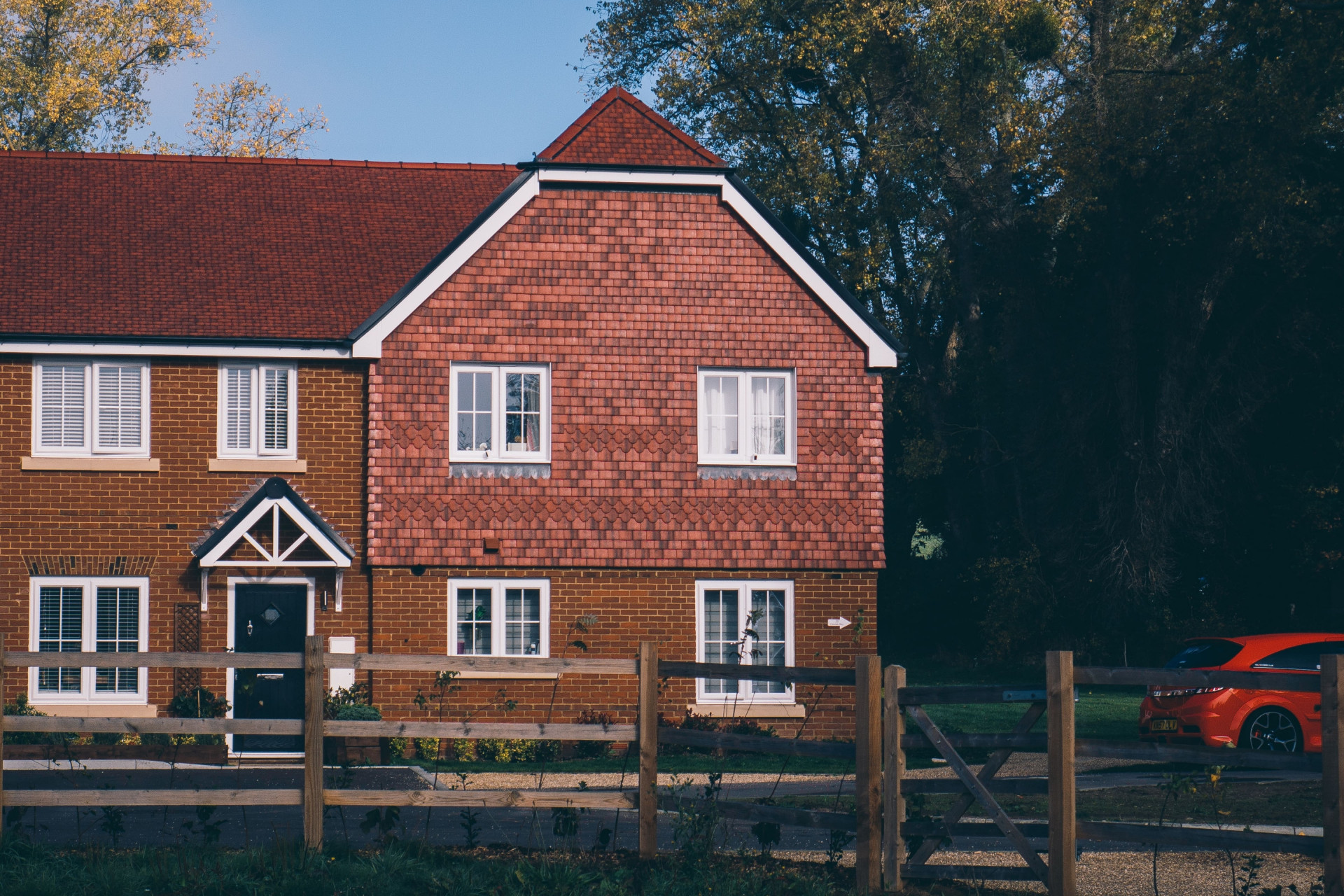The Residence Nil Rate Band And How This Is Applied
This relief, called the Residence Nil Rate Band (RNRB), is an extra amount that can pass on death without any Inheritance Tax (IHT) being payable.
Make an appointment
"*" indicates required fields

This relief, called the Residence Nil Rate Band (RNRB), is an extra amount that can pass on death without any Inheritance Tax (IHT) being payable. The ‘Residence’ element, as one would anticipate, applies to the property that the deceased owned and lived in at some point in time, on the condition that it is passed to ‘lineal descendants’ of the deceased i.e. children, grandchildren etc.
Why the Residence Nil Rate Band is applied
Before we venture more into ‘how’ this is applied, let’s look at ‘why’. The jurisprudence behind this piece of legislation, this means the legal reasoning or philosophy behind it, is to enable families to make it easier to pass an interest in the family home on to their children. As we know, property prices have been increasing exponentially for many years, meaning that some families have found themselves in the situation of being ‘property-rich’ (but not necessarily cash-rich).
A benefit of the RNRB is that any unused RNRB can be carried forward between spouses from the death of the first spouse to the estate of the second deceased spouse on their death.
The RNRB came into effect on 6th April 2017. Therefore, as long as the death of the second spouse occurred after this date, regardless of when the first spouse died, the RNRB and transferable RNRB can be applied. Of course, as is commonly the case with legislation, there are additional factors to consider and which need to be fulfilled before the relief can be applied.
Conditions of applying RNRB
One condition, touched upon above, is that the deceased must have a ‘qualifying residential interest’ i.e. they must own – or have part ownership – of a property that was their residence at some point during their period of ownership. Under the ‘downsizing provisions’ contained within the legislation, the deceased, or their lifetime attorney or registered deputy, may have sold the ‘qualifying residential interest’ prior to the death. However as long as the deceased did have a qualifying residential interest and the property sold after 8th July 2015 (the date recorded within the legislation) the RNRB can still be applied.
Lineal descendants
Now, exploring further into ‘lineal descendants’ we encounter the phrase ‘treated as being closely inherited’. As referred to above, this includes ‘lineal descendants’ but this also includes not just natural children or grandchildren but also step children, foster children and children for whom the deceased had a Special Guardianship (or other relevant Court) Order.
The financial details
The actual amount of relief available currently is £175,000. However, if the deceased person’s overall estate exceeds £2,000,000, the RNRB is tapered. This means that the RNRB will reduce by £1 for every £2 in the estate over the said £2,000,000.
The RNRB is applied to a person’s estate before the Nil Rate Band and indeed the qualifying residential interest must be worth the RNRB sum for the entire RNRB to be claimed. However if it cannot all be used, any unused RNRB will then be available for transfer to the second spouse’s estate – but otherwise – if this is not applicable, it will be lost.
Lastly, and for completeness, the RNRB is not available when the qualifying residential interest is placed into some forms of trusts (lifetime/testamentary).
Understanding the Residence Nil Rate Band
If you’d like to be able to pass an interest in the family home down to your descendants then you can use the Residence Nil Rate Band. At Kew Law we can help guide you through the process and if it is suitable for your situation.
Book your Initial Consultation
0800 987 8156Request a Call Back
"*" indicates required fields

